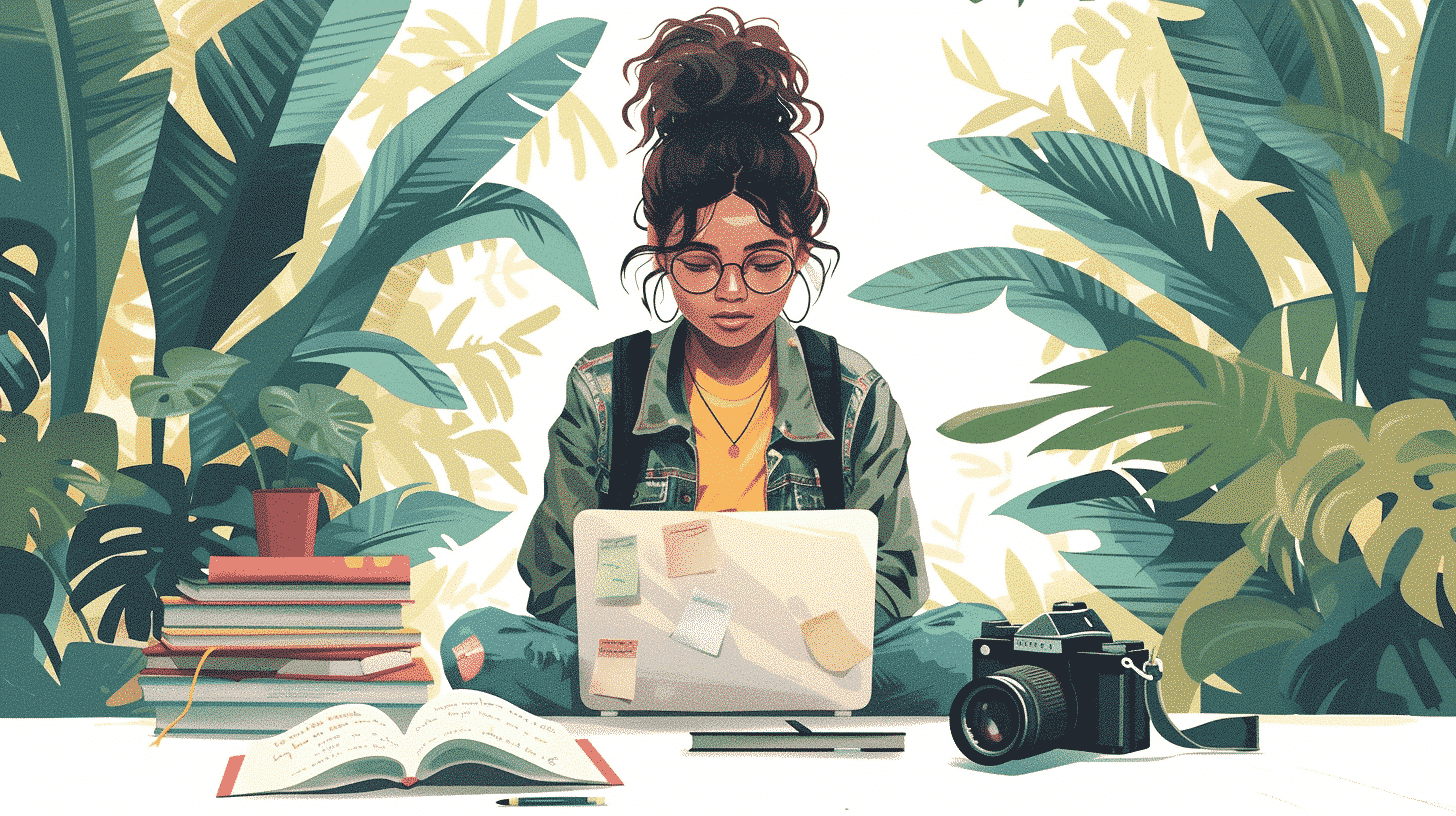Understanding Swedish Nouns and Genders
Swedish nouns are divided into two genders: common and neuter. Common gender nouns (en-words) take the definite article “en” (e.g., en bil – a car), while neuter gender nouns (ett-words) take “ett” (e.g., ett hus – a house). The gender of the noun influences how adjectives, like colors, are conjugated.
The Adjective “Blå”
Blå is used with common gender nouns. When describing a noun that is of common gender, the adjective remains in its base form, “blå.”
Den blå bilen är snabb. – The blue car is fast.
Han köpte en blå skjorta. – He bought a blue shirt.
These sentences illustrate how “blå” directly modifies common gender nouns without any change in the adjective form.
The Adjective “Blått”
Blått is used with neuter gender nouns. It is the form the adjective “blå” takes when describing a neuter noun.
Det blått huset ser stort ut. – The blue house looks big.
Jag vill ha ett blått äpple. – I want a blue apple.
Here, “blått” modifies neuter nouns, adapting to the grammatical requirement of neuter gender by altering its ending.
Plural and Definite Forms
When adjectives are used with plural nouns or in the definite form, they are slightly modified, but the distinction between “blå” and “blått” remains based on the original singular noun’s gender.
De blå bilarna är snabba. – The blue cars are fast.
Barnen vill ha de blå ballongerna. – The children want the blue balloons.
These examples show “blå” being used in plural and definite contexts, still adhering to the gender rules applied in singular forms.
Exceptions and Irregularities
While most Swedish adjectives follow the gender and number rules, there are always exceptions in language. Some colors and adjectives might irregularly conform or have different forms that do not change between genders. However, “blå” and “blått” are consistent in their usage, making them a good starting point for understanding adjective agreement in Swedish.
Practical Usage
Using “blå” and “blått” correctly not only helps in making your Swedish more fluent but also aids in understanding deeper grammatical structures of the language. Here are some tips for practice:
– When learning new nouns, always learn them with their articles (en/ett) to easily remember their gender.
– Practice describing objects around you in Swedish, paying attention to the gender and adjusting the color adjectives accordingly.
– Listen to native speakers and pay attention to how they use color adjectives with nouns.
Conclusion
Mastering the use of blå and blått can significantly improve your Swedish language skills, particularly in adjective agreement. This seemingly simple aspect of vocabulary extends into broader grammatical precision and can enhance your overall communication in Swedish. Remember, language learning is a gradual process, and consistent practice is key to success.










